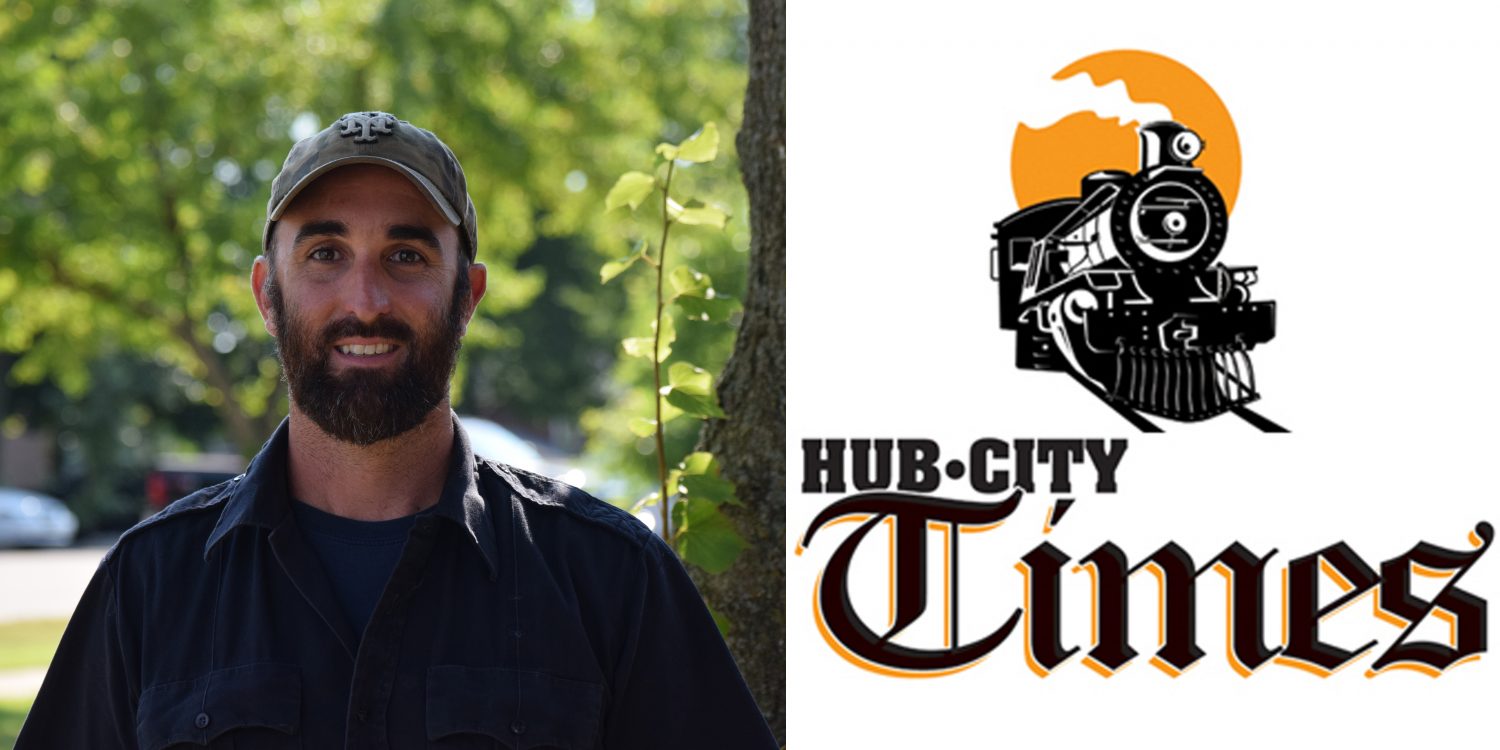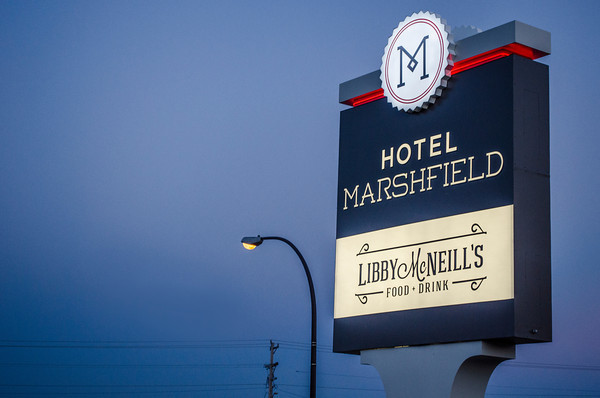Backyard bees: Helping pollinators on the small scale

By Ben Gruber
Columnist
No wasted words this week, I will pick up right where I left off last week. We covered some of the things that we have done here at Bear Creek Ranch as we build up our farming operation to support our pollinators on a fairly large scale. This week I wanted to discuss some options for backyards or small garden spaces that could benefit the bees and butterflies that work so hard for us.
You might have heard the concerns about fragmentation of habitat, and they are legitimate. Large blocks of contiguous habitat are great for almost all wild things, but do not take that to mean that small blocks of habitat are not beneficial. You can make a difference in a backyard garden.
A good start to planning a pollinator garden is to choose some native species. Native plants have evolved right along with our bees and butterflies, so they have long and successful working relationships. Try to plant clumps of the same species, but at the same time you will want to plant a variety of flowers as well. Ideally, there will be blooms throughout the growing season as well as plants of different heights. This will keep food out throughout the season, and the clumps of flowers blooming at the same time will attract a larger number of pollinators.
This next one will be difficult to hear for some of you town folks with your golf course lawns. Go easy on the pesticides and herbicides, and embrace those dandelions. One of the earliest blooms in the spring every year are those little yellow flowers, and they provide a vital early pollen source for bees looking to rebuild and recover from a long winter and migrating butterflies after a brutally long flight. Herbicide and insecticide applications can reduce available pollen, even on species that they might not kill.
You can work some of these ideas in by utilizing some less than ideal real estate like borders, patches that are tough to mow, ditches, or other wet spots. There are resources, such as the Master Gardeners through the UW Extension, that can point out plants that will flourish in areas based on light, moisture, and soil type.
In the long run, it might even save you maintenance time by reducing mowing and yard work once these plantings are established. Another side benefit will be less runoff, which will reduce the accumulation of phosphorus and nitrogen in the water supply.
Another way to give our pollinators a hand is to help them out with housing. Before we get too far here, let us just make sure we are clear on one thing: Those wasps and hornets that build the paper-type nests on your soffits and under your decks are not bees. They are the vicious spawn of the underworld and are not significant pollinators. None of what I write here today is to benefit them, and please feel no guilt in killing them en masse.
Back to housing. There are plans all over the internet on building bee housing, but doing less can create some of the best. If there is an area that you can stop mowing, many bees will ground nest there. Leaving tall grasses and flower stems over winter will cause snow load to lay them down, allowing mice to tunnel under, and bees will subsequently nest in the mouse tunnels.
Next time you are mowing and raking, take a minute to think about the pollinators, and remember how much they do for you. Maybe you can do a bit for them.
Ben Gruber can be reached at [email protected].
Leave a reply
You must be logged in to post a comment.






